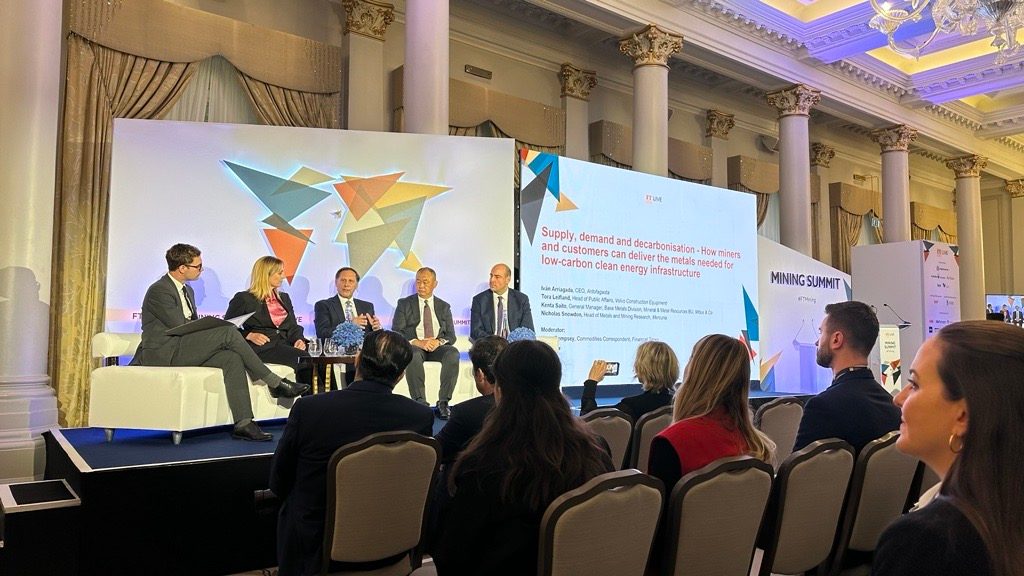Hassan Morsy, partner and managing director at AlixPartners, said: “Over the last two years, there’s an estimated $30 billion that has been put in from sovereign wealth funds in mining… a huge jump from 2021, which is really good.”
This influx of sovereign capital comes as the mining industry faces challenges in attracting traditional investment.
Institutional shareholders have reduced their exposure to the sector due to concerns over environmental, social and governance (ESG) risks, geopolitical volatility and the cyclical nature of commodity markets, according to speakers on the panel titled “Finance and investment – Where is the capital?”

Alex Pickard, executive vice president of corporate development and investor relations at Ivanhoe Mines, highlighted the lack of investment in early-stage projects.
“Capital is very selective. It wants to go into things at the end of the pipe, where the outcome is very certain,” he said. “Not enough capital is going into the exploration stage and the development stage to actually fill out this project pipeline.”
Olivia Markham, managing director and portfolio manager at BlackRock, pointed out that government involvement extends beyond sovereign wealth funds: “We’re seeing governments providing more capital. You know, you see from the United States, Canada, Australia, they’ve all got funding schemes linked to critical minerals or infrastructure, etc. So that’s an encouraging thing to see.”
The panel also discussed the growing importance of royalty and streaming companies in mining finance. Marc Bishop Lafleche, chief executive officer of Ecora, said: “If you look at the market capitalization of our sector, comparing five years ago to 20 years ago, it has grown by orders of magnitude.”
Geopolitical tensions are reshaping investment patterns in the sector.
“This government leverage that sovereign wealth funds may carry is going to be hugely valuable for a lot of investors,” Morsy said. “Whether it’s major mining companies or even smaller mining companies… there is no doubt you’ve heard the theme over the last two hours on the panels. The permitting issues are real.”
The discussion also touched on the potential for downstream consumers to invest in upstream mining projects, though this trend has not materialized as expected.
“It’s harder than you think for an [original equipment manufacturer] or a company with no experience to come into the sector and try and pick the winners,” Pickard said.
Addressing the industry’s historical underperformance, Morsy said: “If you look at the last thirty years, not just the last five, the internal rate of return has been quite low for many companies. Some reports and analysis suggest about 4%. So, if you’re an investor, would you go in for the long term for a return that low?”
The panel debated the future of diversified miners versus pure-play companies in the context of the energy transition.
“I think the real benefit to the diversified miners today is, if you want to describe it, the ‘old economy’ commodities,” Markham said. “So the bulk commodities are providing the funding to invest in the green metals that are all linked to the energy transition.”
Bulk commodities are high-volume, low-value unprocessed commodities including grain, iron ore and coal.
As the mining industry continues to tackle these capital challenges, the role of sovereign wealth funds and government investments were cited by industry players as potential sources of financing to bridge the gap between current investment levels and the capital needed to meet future mineral demand driven by the energy transition.
